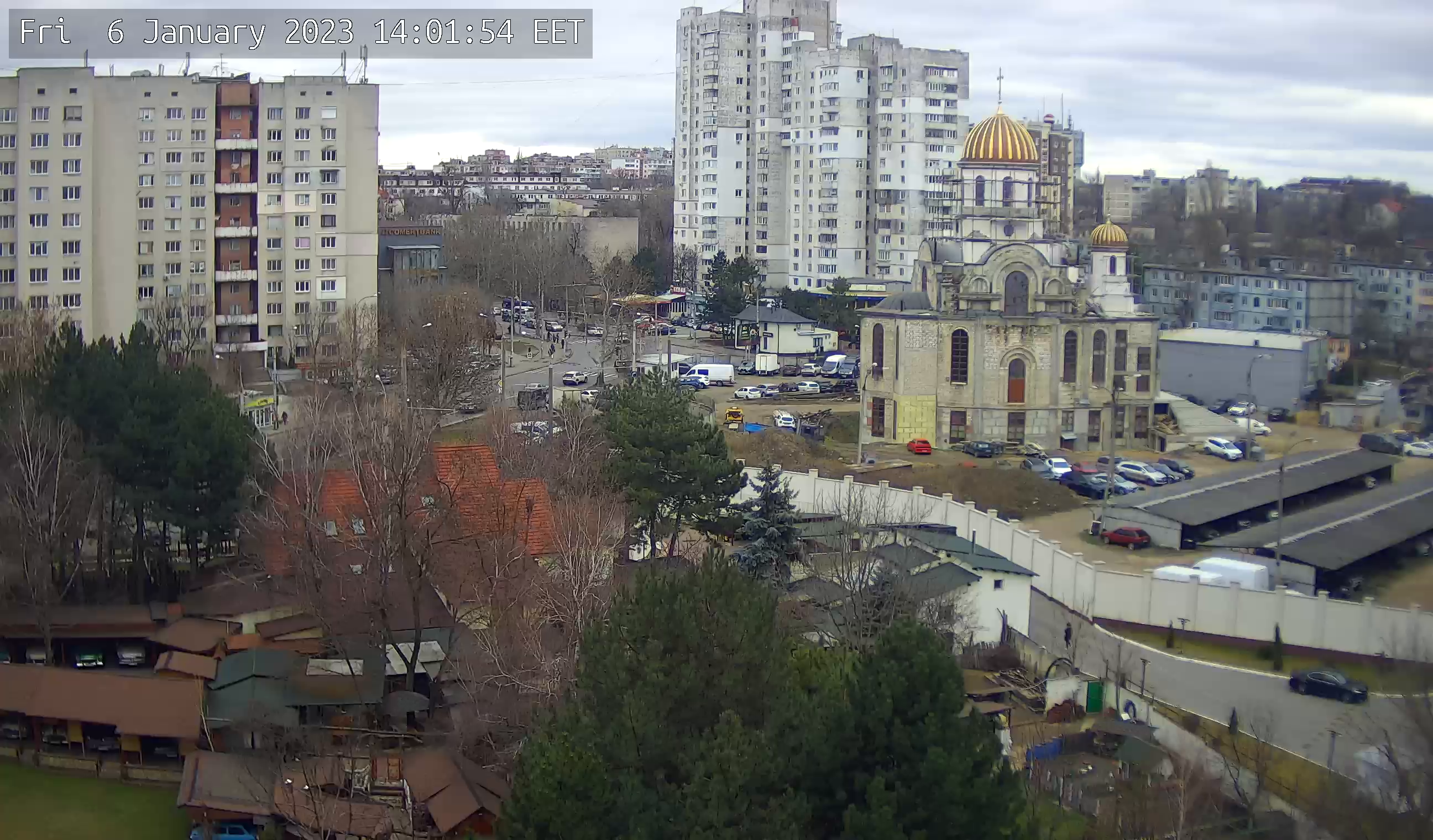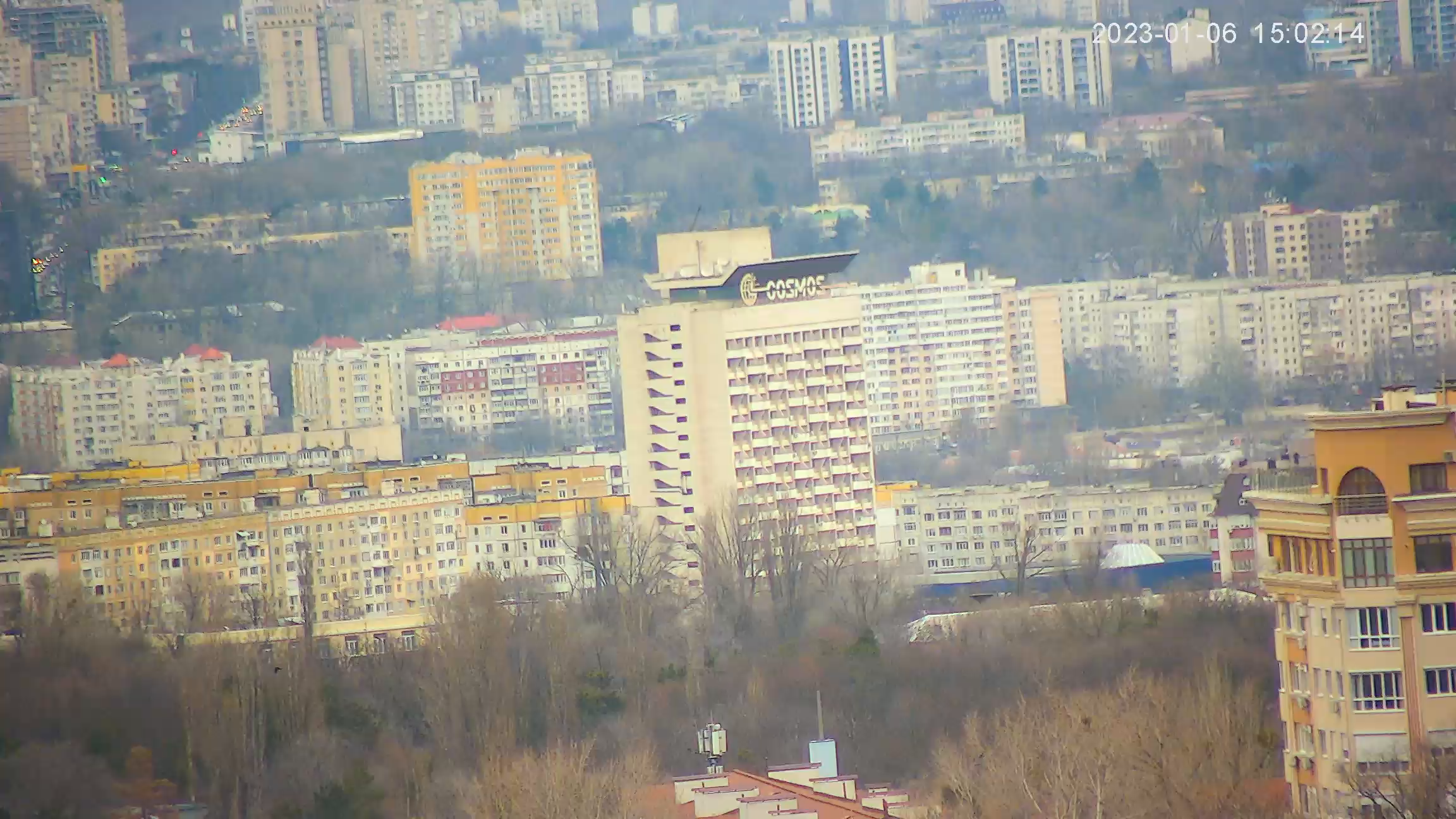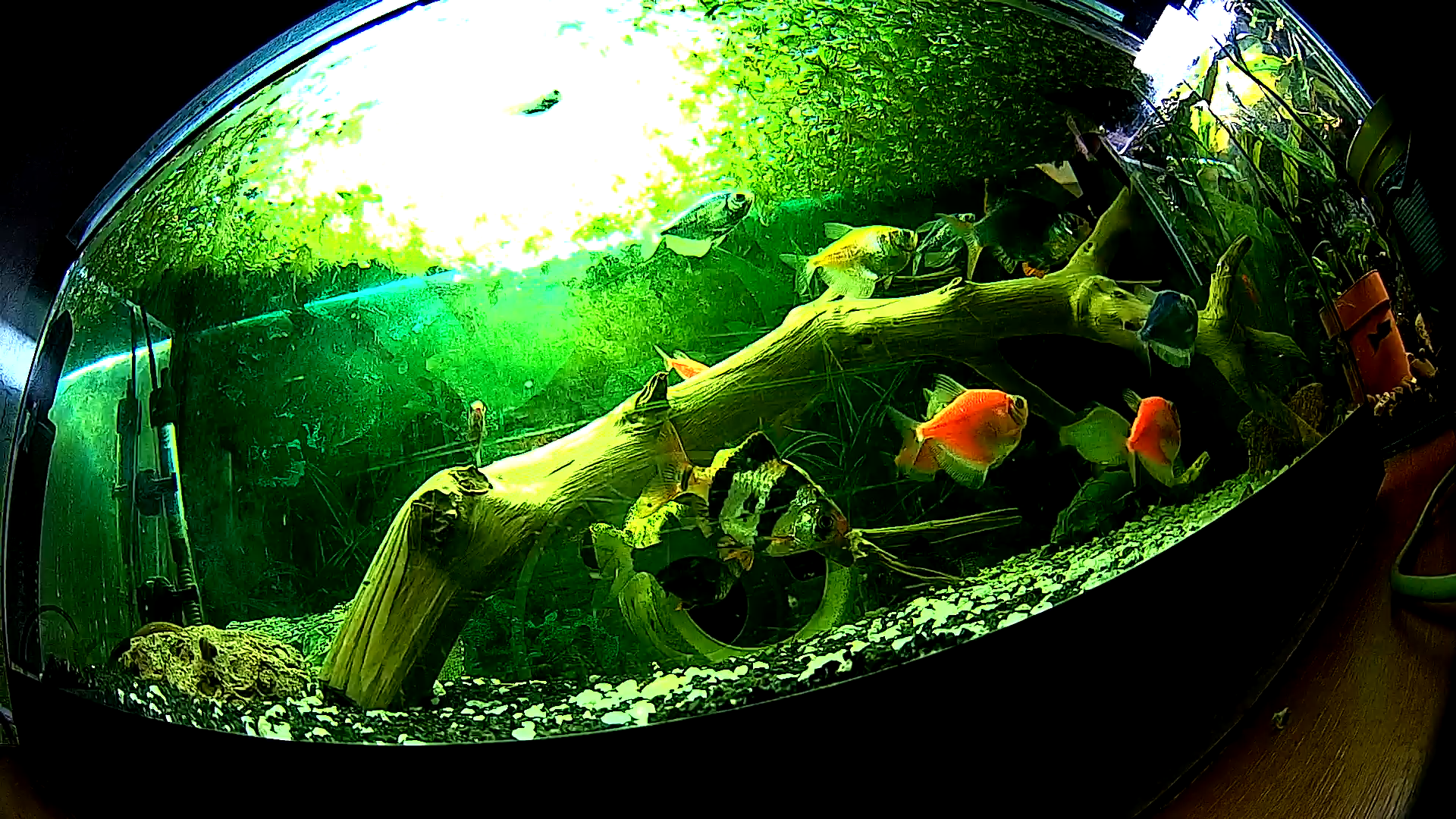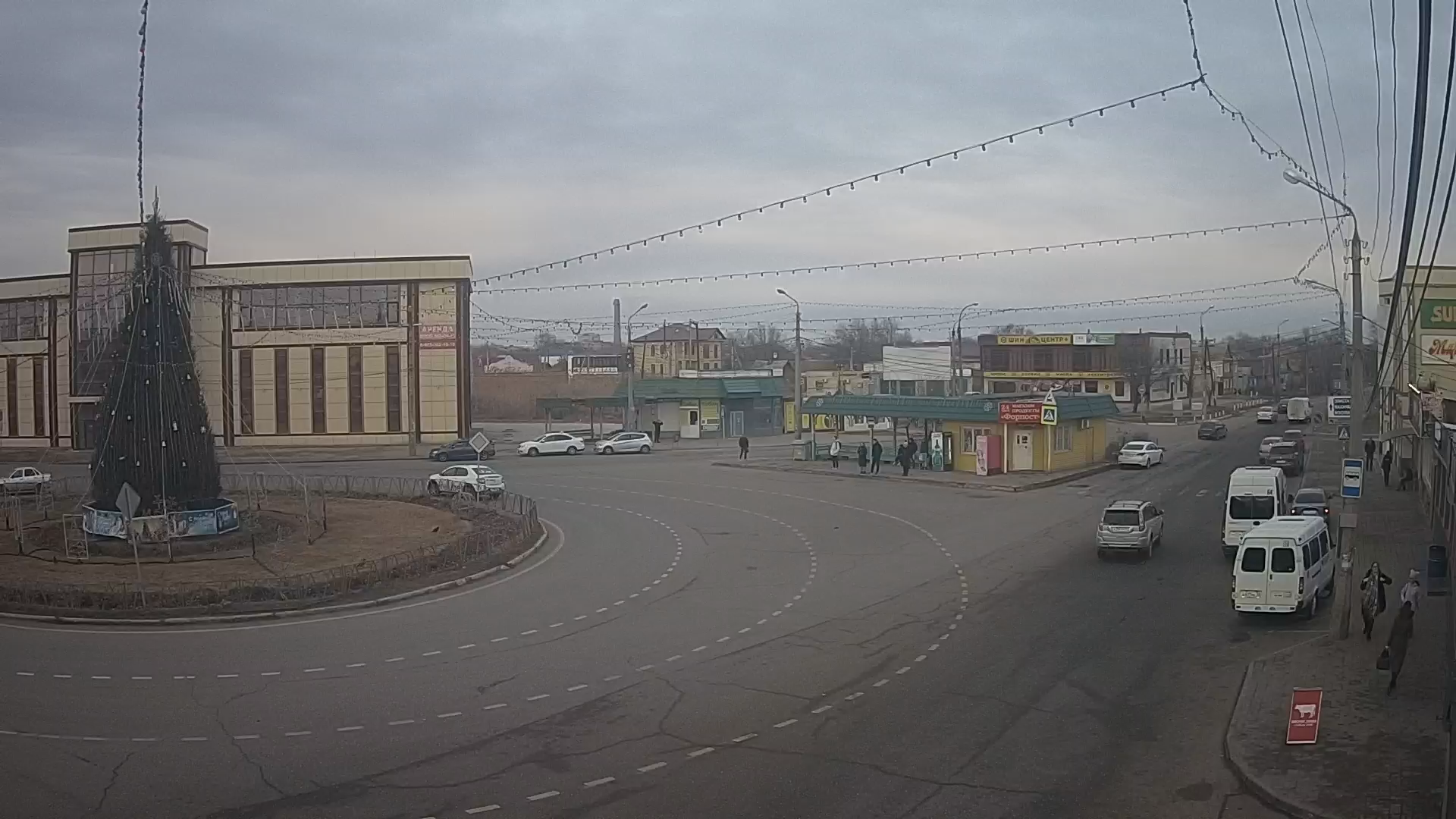Webcam Mostar. Old Bridge
Mostar is a city and municipality in Bosnia and Herzegovina. It is the largest and one of the most important cities in the historic region of Herzegovina, its cultural center. Located on the Neretva River. The town received its name in honor of the keepers of bridges, the "bridgemen", who guarded the Old Bridge over the Neretva River in the Middle Ages.
The Old Bridge was once called the New Bridge, and it lasted for the first hundred years. Officially, at that time, it was called the Suleiman Bridge, because it was built by order of Sultan Suleiman the Magnificent. As time went by, the adjective "new" did not suit the centuries-old structure very well, so they started calling it the Big Bridge, and when other bridges appeared over the Neretva River, the name Old Bridge appeared.
For Mostar, the Old Bridge is the meaning, the symbol and the core of city life. This is where the city began, with these two points on the banks of the Neretva River, between which a straight line had to be drawn.
The towers came first - a century earlier than the Old Bridge, in the mid-15th century. The line, a rope for the ferry crossing, was stretched between them. A ferry on the willful Neretva is a risky undertaking, the bridge was badly needed.
But a stone bridge was still far away. The first bridge between the towers was a suspension bridge, made of wooden boards and iron chains. It swayed so that travelers fainted with fear. But the travelers - what for, a casual attraction on a long road, but the residents of Mostar had a hard time. The city was developing evenly on both sides of the river, business demanded presence there and there, several times a day - the cruelest stress, no health enough.
In addition, the bridge was deteriorating, and using it was becoming not only scary, but also really dangerous. The Mostar people sent a petition for a new bridge to Sultan Suleiman.
At that time Mostar had long been one of the cities of the Ottoman Empire. And the empire without good roads and, consequently, bridges can not function successfully.
With the arrival of the Turks in Bosnia and Herzegovina, several dozen bridges were built in a short period. Two of them are on the list of world cultural heritage, several more are monuments of national importance.
Sultan Suleiman granted the request of the Mostar people and sent to Mostar a young architect Hayruddin, a student of the famous Sinan. Hadji Mehmed Beg Karadjoz was appointed as the local organizer of the work (he was also responsible for the construction of the most magnificent of Mostar's mosques).
The works began in 1557, and were completed in 1566. It took Hayruddin nine years to solve the extremely nontrivial engineering problem.
The classical technology of bridge construction of that time - several strong piers, on which no less strong vaults were supported. But it was impossible to install the bridge abutments into the deep, swift and prone to destructive floods of the Neretva River. The bridge had to rely on the rocky banks, but in this case, the distance between the supports was almost thirty meters, and no one had ever built arches of this size before Khairuddin.
All the technical details of the construction of the bridge are still unknown. For example, how were the scaffolding for it installed? How did this scaffolding withstand many years of construction?
But the researchers already know the main structural points. The vault was first laid out of 111 rows of stone blocks. Blocks were connected by iron wedges. Then ribs were made on the vault - in the center and on the sides. After that, external walls were erected, they were filled with crushed stone up to the necessary height, and paved on top.









